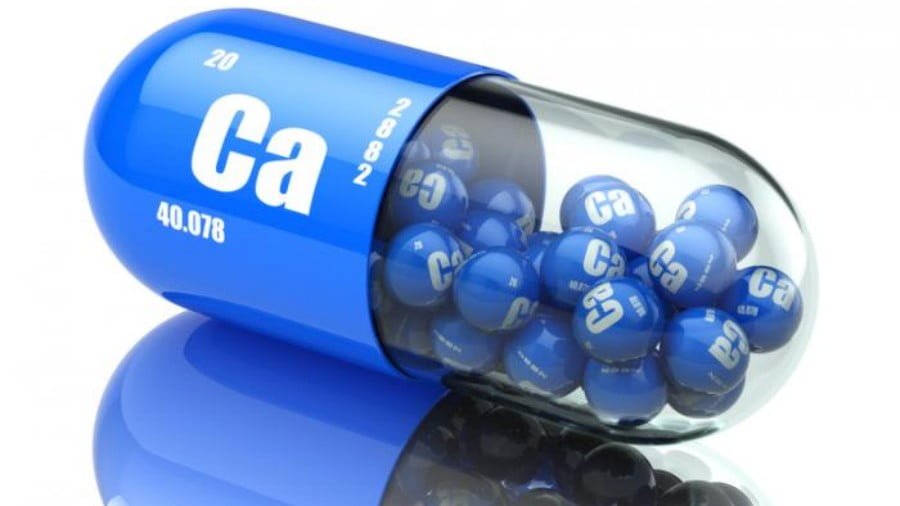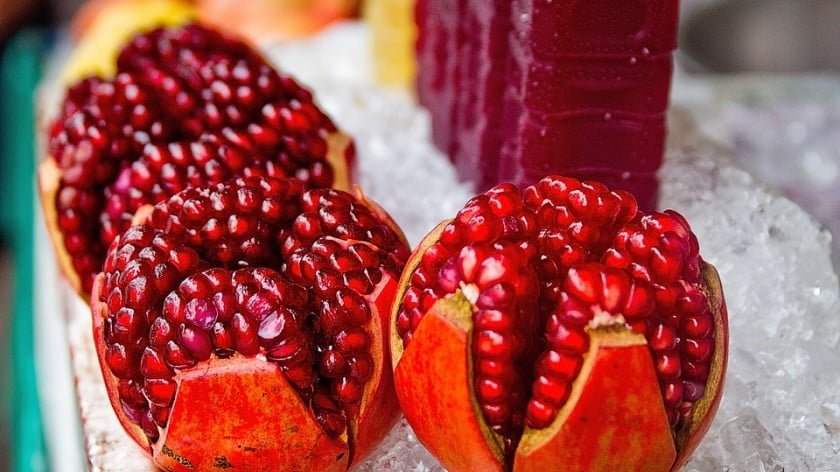Study: 70% of Olive Oil is Fake – Stop Buying These Brands
More than two-thirds of common brands of extra-virgin olive oil found in American grocery stores aren’t what they claim to be, according to a University of California at Davis study.
Instead, the oils were made from lower quality olives unfit to be labeled “extra virgin.” Worse, some were outright counterfeits, made from soy, hazelnut, and even cheap fish oils mixed with low grade olive-pomace oil and additives to create the look and smell of extra virgin olive oil.
Far more valuable than other vegetable oils, olive oil is also more costly and time consuming to produce. People have been adulterating it since the time of Christ, and a sophisticated international criminal racket continues finding new ways to get around quality control testing.
In April 2007, US Marshals burst into storage facilities in New York and New Jersey to seize a counterfeit and potentially dangerous substance. The product they seized? Olive oil labeled as extra virgin – 10,000 cases of it. Turns out it was mostly soybean oil. The street value of this bust? Around $700,000.
And this is not too dissimilar to 2008, when over 400 Italian police officers participated in a major crackdown called “Operation Golden Oil.” This resulted in the seizure of 85 oil farms who were adding certain percentages of chlorophyll to sunflower and canola oil and selling it on as extra virgin olive oil. The oil is mixed, perfumed, coloured and then flavoured before being sold to the producer as “extra virgin.”
Olive oil fraud is rampant
These busts prompted the Australian government to investigate their own olive oil market, and indeed, after testing all of its brands’ “extra virgin olive oils” in their laboratories, none were given the 2012 certification for being a pure olive oil.
All of these scams prompted the University of California to carry out studies on 124 imported brands of extra virgin olive oil, and they found that over 70% of the samples failed the test.
According to this NPR interview, it’s possible that some shoppers in America have never had 100% pure, extra-virgin olive oil in their lives – even though they’ve been buying products labeled that way for decades.
How to get real olive oil
Avoid “Light” olive oil at all costs. This is the lowest quality olive oil on the plant.
If you can find oils with the International Olive Oil Council certification, go for those.
Buy Californian, Australian or Spanish olive oils, which are far less adulterated than Italian oils.
Do your homework. Find a reputable company or source and buy small bottles from them.
The brands that failed the test:
Pompeian
Bertolli (Read Bertolli response here)
Colavita
Star
Sasso
Antica Badia
Primadonna
Carapelli
Mazola
Felippo Berio
Safeway
Whole Foods
Carapelli
Coricelli
Mezzetta
The guys that passed the test and can be trusted:
Corto Olive
Ottavio
Omaggio
Bariani Olive Oil
Lucini
Kirkland Organic
Lucero
Olea Estates
McEvoy Ranch Organic
Cobram Estate
California Olive Ranch
Aside from brands there are simple tests you can do at home to check whether your olive oil is pure or not. Place the bottle in the fridge for around 30 minutes and check if the oil is starting to solidify. If it does then it is a good indication that the oil contains a large amount of monounsaturated fat, which is exactly what extra virgin olive oil contains. If the oil doesn’t begin to show signs of solidification then its a good sign that the oil is fake. This is not a perfect test yet it is a good indicator if you are unsure about the quality of your oil. You can also look for official governmental seals of approval on the label, such as “Australian Extra Virgin Certified” and “California Olive Oil Council Certified Extra Virgin.”
We have really had the wool pulled over our eyes with this one and its time to make a stand and stop supporting this corrupt industry of chemical additives, GMO’s and unhealthy alternatives. Hopefully this new action will decriminalise the olive oil industry around the world and restore it to being an honest trade, where an honest working person gets paid for what the other honest working people want to pay for. We’re paying for our health after all.
Source: Investment Watchblog






